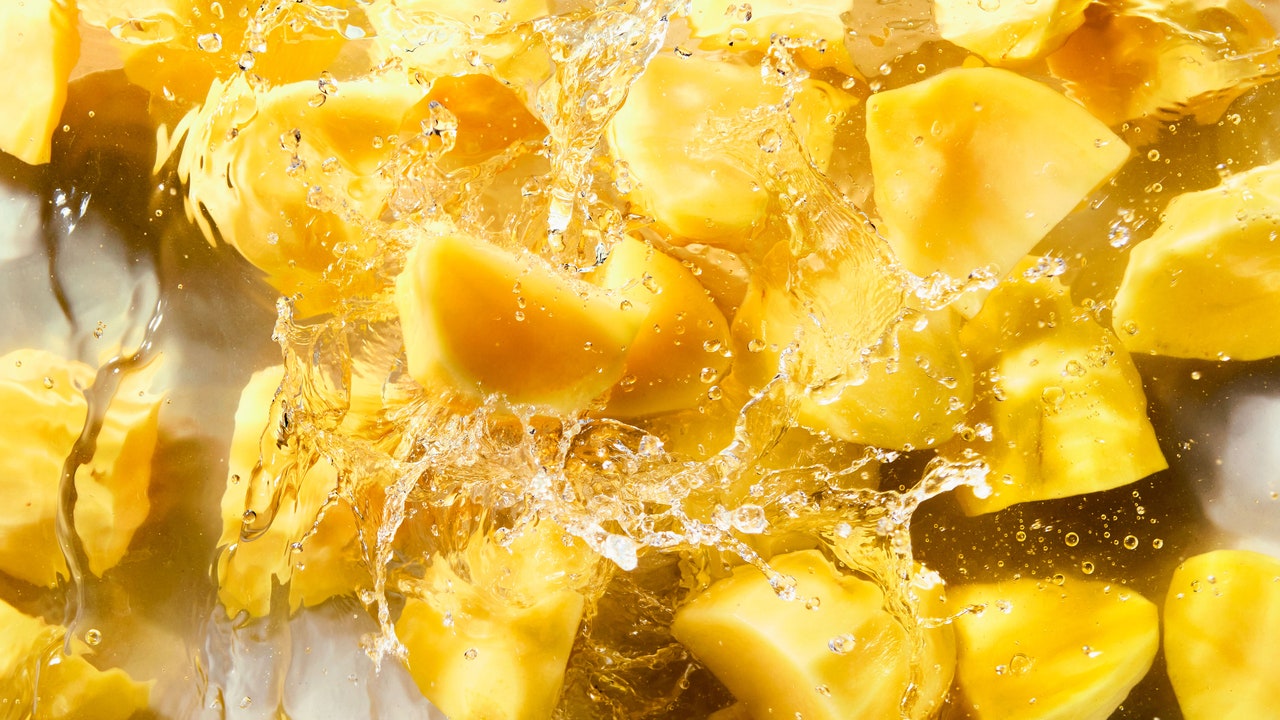Thanksgiving is the one time a year when home cooks get to think like line cooks. Just like in a professional kitchen, orchestrating a turkey day meal requires scrupulous planning, detailed timelines, and lots and lots of prep. While pies, gravy, and most casseroles can be made a day ahead, some dishes and ingredients don’t fare as well to the test of time. One example is the potato.
Once peeled and cut, the tuber can turn brownish-black in the time it takes to boil a pot of water. But when you have a boatload of mashed potatoes to make—not to mention an entire bird to babysit in the oven—the temptation to prep potatoes in advance can be enticing. The good news is you can get the peeling and cutting out of the way, but to do so without causing potatoes to brown requires a few extra steps. Before we get into the how, let’s talk about why potatoes turn brown in the first place.
Why do potatoes turn brown?
The fancy science term for browning is enzymatic discoloration. And potatoes aren’t the only ones susceptible to this chameleonic phenomenon—as my colleague Zoe Denenberg reported, apples go through the same process when cut. Both foods contain an enzyme called polyphenol oxidase (PPO) as well as polyphenolic compounds (or a collection of phenols), which protect plants from UV radiation, pathogens, and parasites.
So how do I stop potatoes from turning brown?
Of course, if you're throwing that peeled potato straight into a pot of boiling water, that creamy color will stay frozen in time because heat deactivates the browning enzymes. But for most of us, prepping for an enormous family feast means that the potatoes will realistically need to sit around for a little while before we're ready to cook them. Luckily, you can ensure they remain unblemished by controlling external factors like ambient temperature, access to oxygen, and the pH level of your potatoes.
